Introducing a new dog into the family is such an exciting time, but it’s hard to know the best way to train and raise them without paving the way for a whole host of behavior problems.
Separation anxiety occurs in dogs that are highly attached to their owners. When separated from them, they show problematic behaviors like house soiling, whining, and destruction.
Dogs and puppies are incredibly sociable animals which can lead to separation anxiety if they aren’t getting enough varied life experiences with and without you.
To ensure you address your dog’s separation anxiety and any treatment in the best way for their health and your sanity, keep reading to learn why your dog feels this way and identify the common mistakes many pet parents make.
What Is Dog Separation Anxiety?
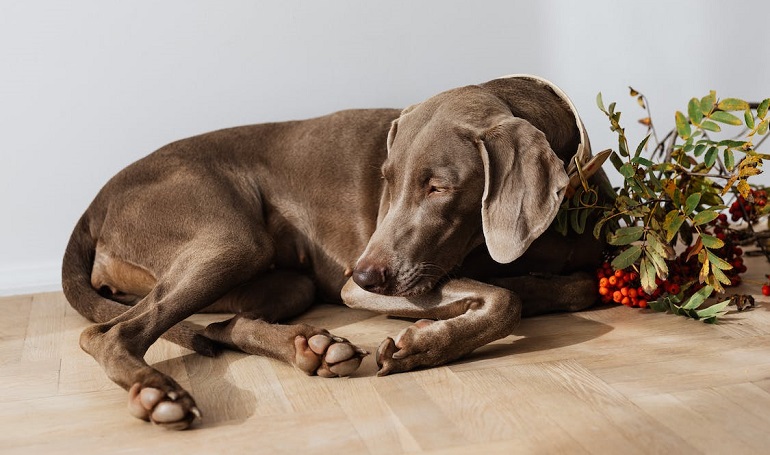
You will regularly hear dog owners complaining about their pup’s behavior problems when left alone in the house- even for short periods. Sometimes when proper training isn’t enough, this series of symptoms can be one of the signs of dog separation anxiety.
When a dog notices you are about to leave, it may feel distressed about alone time, leading to whining, barking, and destructive behavior.
Being alone doesn’t come naturally to most dogs, especially if they are used to you or other family members being home often.
This is where they can form separation anxiety and feel anxious in the absence of family, causing negative behaviors that are commonly seen as misbehaving pooch. Still, if their problems end once their owner returns, then you might be dealing with separation anxiety.
Signs of Separation Anxiety
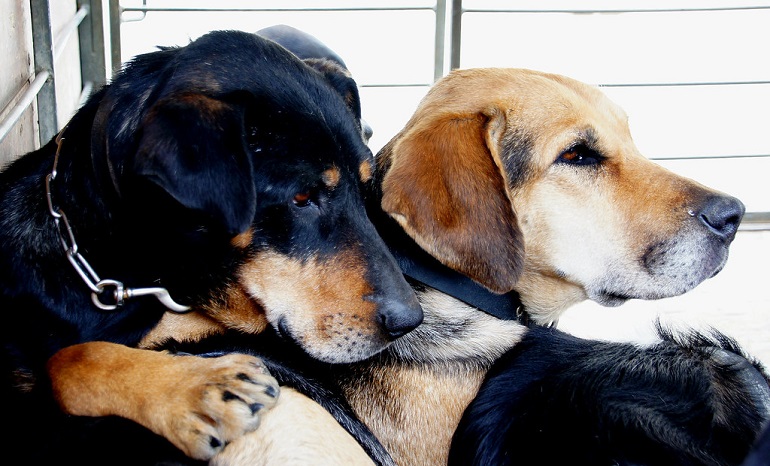
Your dog will show their stress in many ways, so you might find them showing one or two of the following symptoms without having separation anxiety. If you notice several of these signs regularly, you might have an anxious furry friend.
These symptoms don’t always mean you have an anxious dog; they could be linked to underlying medical issues, but reading their behaviors will help you identify the cause. If you can’t work out the cause of your dog’s problem, then a veterinary behaviorist will be able to help.
Anxious Behaviors
Anxiety presents itself differently in every dog, but generally, you will notice a lot of similar anxious traits among dogs. These will affect your dog’s behavior by making them more aggressive, snappy, and erratic.
When your dog can tell you’re about to go out, it may begin to show excessive drooling, panting, and pacing, which are all common signs of anxiety in dogs.
You may find these anxious behaviors are worst in the first 15 minutes after you walk out the door, and this is usually when the dog’s heart rate increases and causes erratic actions.
Excessive Barking
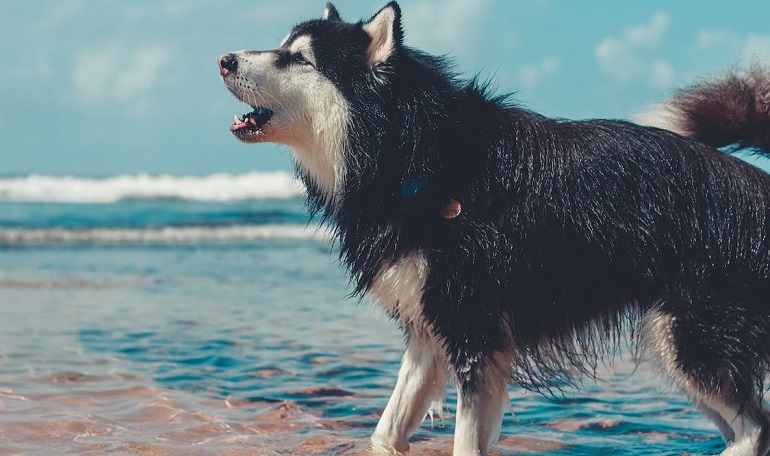
Persistent barking, howling, and whining are your dog’s way of communicating their needs; therefore, for many dogs, this is their first sign of separation anxiety.
It might start as soon as you start getting ready to leave, or they may start once you have already left in an attempt to get you to come back. Your dog’s anxiety will be at its worst once they realize you’ve left, so the barking and howling might worsen without the right help.
Destructive Acts
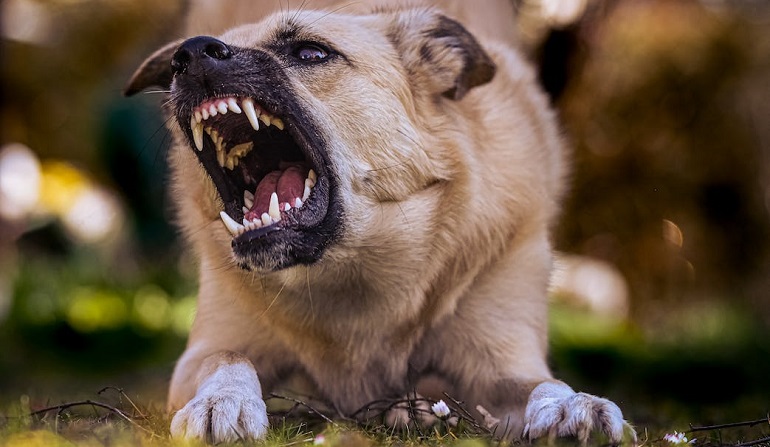
Your dog could be the perfect angel when you’re there, but as soon as you leave, they might turn to distressed behaviors due to anxiety. It doesn’t mean you have a “bad dog”; instead, they don’t know what to do with themselves.
Even if all chewable objects are moved, they may gnaw on door frames, windowsills, or anything they can reach. This behavior is one of the most common ways animals get hurt when left home alone.
If they know you’re not there to stop and comfort them, they could end up with tooth damage or hurt paws from chewing due to severe separation anxiety.
Accidents In The House
Like destructive acts, your dog can be perfectly potty trained and never have a house soiling accident, but when your dog’s anxiety is at its peak, this can result in a toileting accident.
There may not be any thought behind it in your dog’s mind, but in severe cases, your dog will freely go to the toilet anywhere they like through fear.
Accidents around the home can also be caused by diarrhea, another symptom of anxiety.
Excessive Salivation
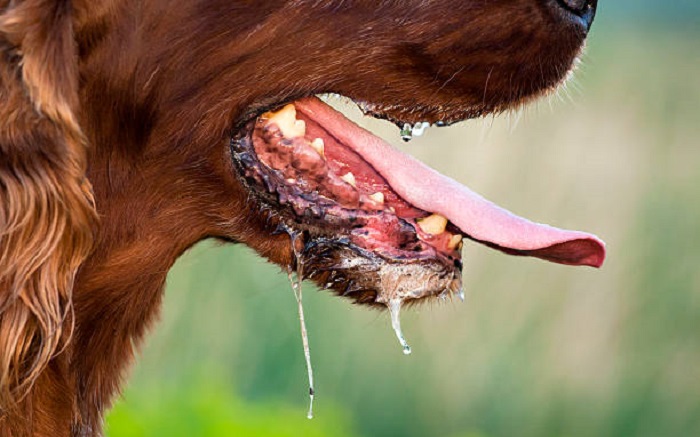
This may not apply if your dog is already known for drooling a lot, but increased saliva can be a common sign of anxiety, especially just before an owner’s departure.
If you notice your dog is drooling a lot before you go out, this is usually the first step before your dog gets highly distressed in the first 15-20 minute period after you leave. If your dog is pacing and drooling together, this is commonly a sign of them becoming worked up, as they can tell you are about to leave.
Desperate
If you have a usual routine, such as leaving for work each morning, your dog may appear desperate before you go in anticipation of being left alone.
Your dog learns very quickly, so it will display anxiety as soon as they recognize you’re preparing to leave. In desperation, they may start house soiling, be restless, shake, become withdrawn, or try and get your attention in a desperate attempt to keep you home.
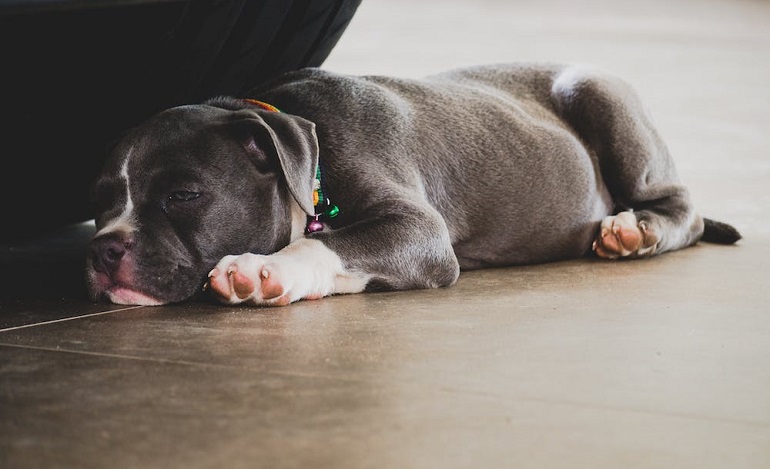
Coprophagia
Coprophagia is the term used for dogs who eat their poop. It can be a medical problem related to a lack of nutrition in their diet, but if they do it alongside the other symptoms listed above, it’s often a sign of anxiety.
If your pooch would never do this when you or another family member is home, then the chances are they’re acting out of anxiety and panic when doing it. It’s not something you want to come home to, so you might want to check with a vet to see if it is a behavior issue.
What Causes Separation Anxiety in Puppies and Dogs?
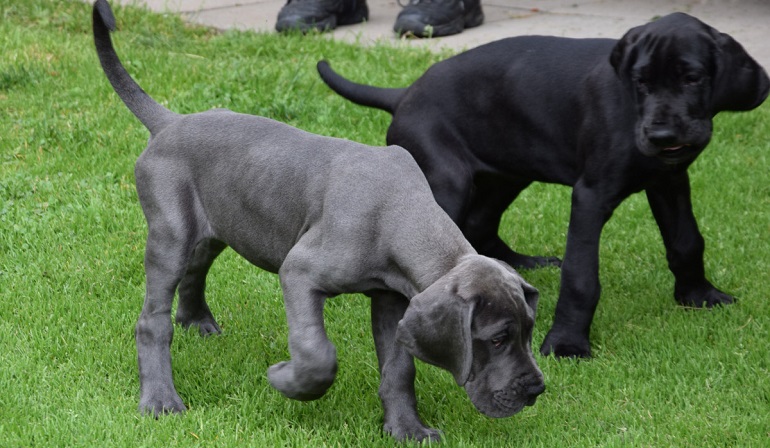
There is no direct cause of separation anxiety in dogs, and the cause of their suffering can be adopted from past experiences or developed through a big life change that triggers their anxiety.
In case of a recent death of a family member or if your dog is from a shelter, this sudden absence can break their heart and result in behavior modification and anxiety.
The same can happen when introducing a new member, as the changes will cause unfamiliar environments and sounds. Dogs can also take a long time to adjust to new schedules, whether a new job or moving house.
Although sometimes it’s unavoidable, moving to a new home or changing your work hours can confuse your dog. The unpredictable nature of your comings and goings can gradually increase their separation anxiety.
Puppies can easily become overly attached to their new owners while settling into their new homes away from their mothers. They can develop separation anxiety if they struggle to cope in your absence.
Sometimes you can find their anxiety is caused as a result of a medication or a lack of exercise that leads to restlessness and boredom. The causes of your dog’s separation anxiety are unique to them, but if you find your presence has a calming effect, then they likely have anxiety.
What To Do if Your Dog Has Separation Anxiety
It’s frustrating to come home and find a perturbed dog has damaged your house, but their distress can cause a range of responses that require preventative measures and training to allow them to enjoy their own company.
Training sessions work best when you start with a puppy, but with the right house training, you can treat your dog’s underlying anxiety and relieve your dog’s suffering even if they are adopted.
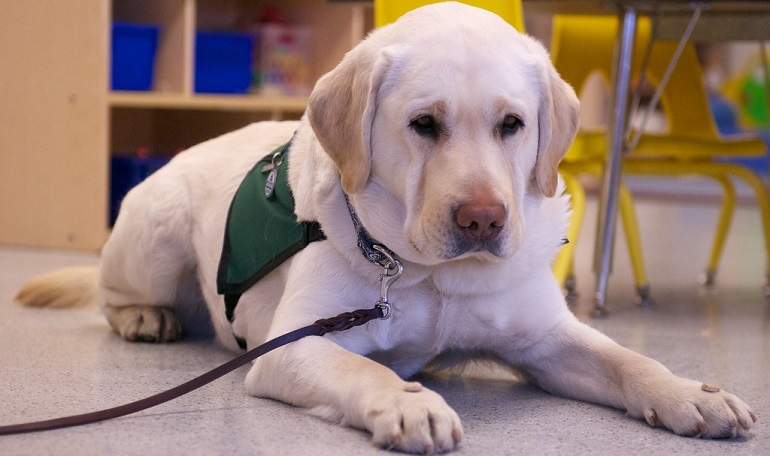
Establish a Predictable Routine
In rare occasions, it can be hard to prevent a change of routine, but by maintaining a predictable routine, your dog will relax more in the knowledge they haven’t been abandoned.
The predictability will allow your dog to know when you will return, and they can play, eat, or go to the toilet. Try to stick to a good schedule for their meal and play times around your day to make it easier to follow.
Environmental Enrichment
Your dog’s needs go beyond food, water, and sleep. As dogs are such sociable animals, they need time to interact for play and training purposes. Giving your dog the attention they need isn’t possible when you’re not home, which often results in their anxiety.
When you’re not home, you need to provide plenty of mental stimulation and room to play. This will discourage their destructive behaviors and allow them to play and relax.
A food-stuffed toy offers a fun incentive to play and can deter their distressing feelings when they don’t have physical contact. A puzzle toy stuffed with peanut butter or their favorite treats can keep them happy for hours without needing a dog sitter.
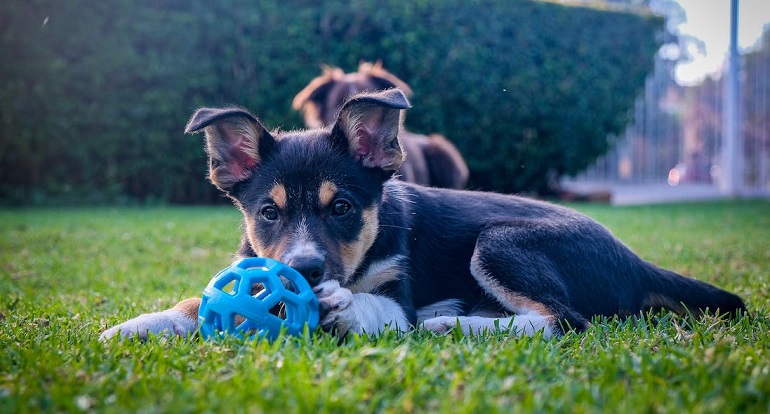
Establish a Predictable Protocol for Rewards
Encouraging normal canine behavior and reinforcing desirable actions with food or praise can motivate your dog to start gradually increasing its independence.
If your dog is whining or seeking your attention when you’re home, then train them to settle or go to their own “safe space,” then, after a while, praise them for increasing more extended periods of inattention before you can see them.
You don’t want to ignore your dog, but teach them that calm behavior is praised and will result in more affection and love, which is ultimately what they aim to achieve.
Train “Settle”
If you’re looking to avoid anxiety when separated, teach your dog to settle before you reward them (whether it’s with attention, treats, or a walk) to reinforce positive training.
Choosing an area for your dog to relax in (more on this next) will create an area of safety for them, and they will quickly associate this with feeling safe and get the reassurance that you will return if you need to go out and leave them alone.
Attention-seeking is a typical puppy behavior, so ensure during training not to reward or acknowledge them, so they learn that settled responses get rewards.
Develop an Area and Surface for Relaxation
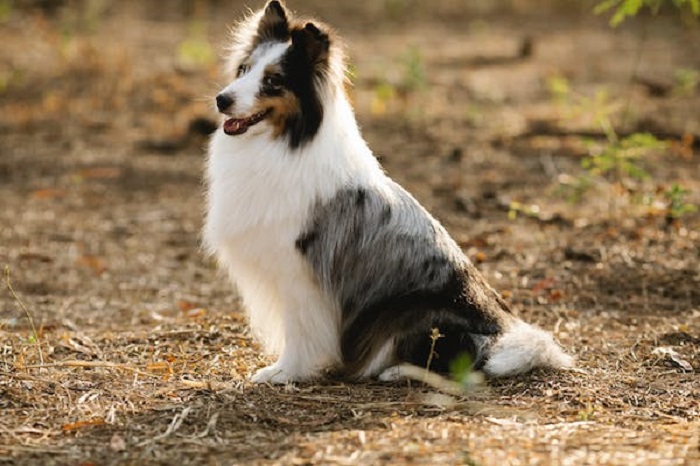
Nothing is better than sleeping in your bed, so give your dog the same experience by creating a safe space they know is their own to relax and stay secure.
Crate training is the most popular choice for dog owners, but you can also dedicate a dog-safe room or pen that has their toys and blankets to keep them contained and occupied when you’re away.
You can use our dog crate size calculator to choose the perfect crate for your dog.
Make sure your dog is calm and settled in this space to avoid negative associations, and give rewards to create a positive influence. You can introduce them to this space while you are home to get them used to the new area, and once they become more content, you can start leaving them for more extended periods.
Giving a special treat when crate training can also create a positive association and prevent the negative physical symptoms of separation anxiety. If you choose to create a room as their safe space, consider a confined area such as a basement or laundry room where they will be safe and can cause less destruction.
Work on Responses to Simple Commands
Developing a level of understanding with any animal can help to strengthen your bond and avoid uncertainty which commonly fuels separation anxiety. Even training simple commands such as “stay,” “sit,” or “out” will lead to them eventually becoming completely house-trained.
Proper training will help your dog understand how to earn attention through positive reinforcement and achieve what both you and your pooch want.
Medication and Natural Supplements
Finally, suppose you have an older dog or an animal with a bad history. In that case, this can sometimes cause a severe condition that requires medication and natural supplements (like soft dog foods) to achieve a relaxed and happier state.
If your dog shows signs of a panic attack or hurts itself trying to escape the home when you’re not there, then drug therapy can help with the initial departure and ease their anxiety.
If you try working with a Certified Applied Animal Behaviorist, then they will be able to suggest medications for your dog’s life to offer the best treatment.
What Should Be Done Before Departures?
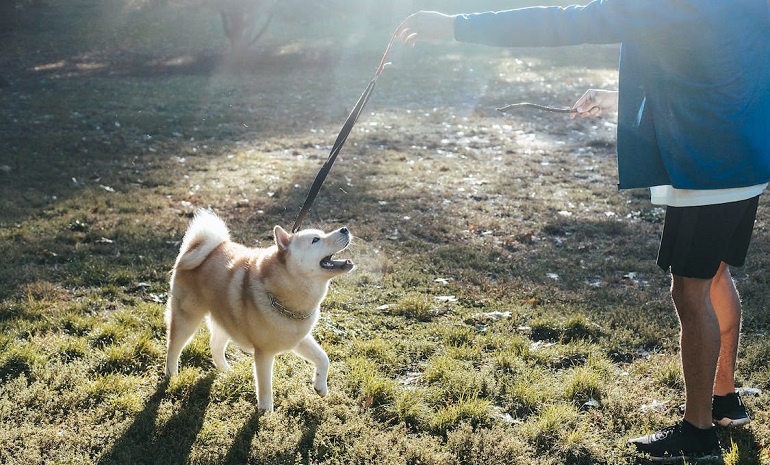
If you know you need to leave your dog alone for any amount of time, then you should always make sure they are tired. Otherwise, their energy will be used for destructive behavior and create a real mess in your home.
Depending on the size of your dog, try and aim for at least 30 minutes of play and exercise to get all their energy out and avoid them getting restless and anxious.
During this play, mental stimulation is also a great way to get your dog busy through puzzle toys and other interesting learning experiences. Practice training and reinforcing positive behaviors to leave on a positive note.
Get your dog ready and take them to their crate or safe place so you can prepare yourself to leave without them noticing too many departure cues that can heighten their sense of separation anxiety.
Have your bag and anything else you need ready to go, and avoid dragging the process of leaving too much, as this is typically a big trigger for most anxious pets. You can distract your dog during this stage by giving them a stimulating toy to engage them.
When you’re ready to go, make sure your dog is secure in their crate or the room you plan to leave them in and provide access to food and water, as well as enough puzzle toys and stimulation to occupy themselves during the time you’re away. You can also use the back door, so your pet doesn’t watch you leave.
Some pet owners say leaving the TV or radio on provides familiar background noise for your fretful pet and other dogs to remind them of their human family.
Saying goodbye should be brief and straightforward, as your dog will notice if you’re apprehensive and think there’s something to be worried about. If you know you’re likely to come home to a mess, try and make enough preparation to keep your dog and home safe.
Using puppy pads for toileting mess and using calming plugins can sometimes make managing separation anxiety more manageable. If you will be away for long periods, consider a doggy daycare or a trusted person who can come and visit your dog to let them to the toilet and have some attention during the day.
Can Separation Anxiety Be Prevented?
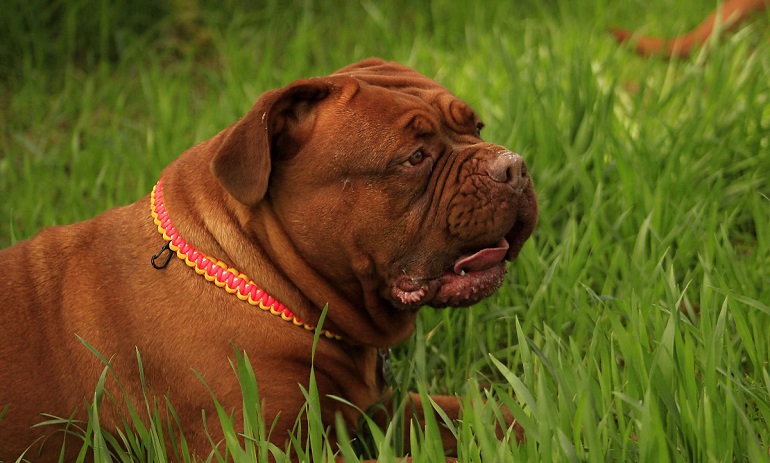
Sadly, even with the best intentions, your dog can show negative behaviors, and most dogs’ suffering is related to a previous occurrence, even if it wasn’t intentional.
Dogs are social animals and don’t like to be separated from their owner, which is why a dog makes serious attempts to escape when anxious. If a dog continues showing symptoms, then it might need a veterinary behaviorist or other professional treatment to help get back your happy pooch and reduce your dog’s suffering.
Promoting independence through activities that encourage separation can stimulate your pets past their anxious medical problems and fix their anxiety slowly over time.
It can take weeks or months for your dog to feel comfortable enough to enjoy its own company, but crate training often creates the most successful outcomes, which is why it’s usually the first suggestion many professionals will make.
Sadly, there is no instant quick fix, so you will need patience and a lot of love to help your dog through this time.
Conclusion
Knowing if your dog is getting the best life can be challenging despite any pet parent’s best efforts. With separation anxiety affecting so many dogs, you must promote beneficial training from day one, whether your dog is a puppy or a rescue.
It can take months for anxiety treatment to benefit your dog, so have plenty of time and TLC to encourage your dogs to enjoy their independence through entertaining. Food-stuffed toys in their own safe space are the best way to take baby steps toward a less-clingy dog.












